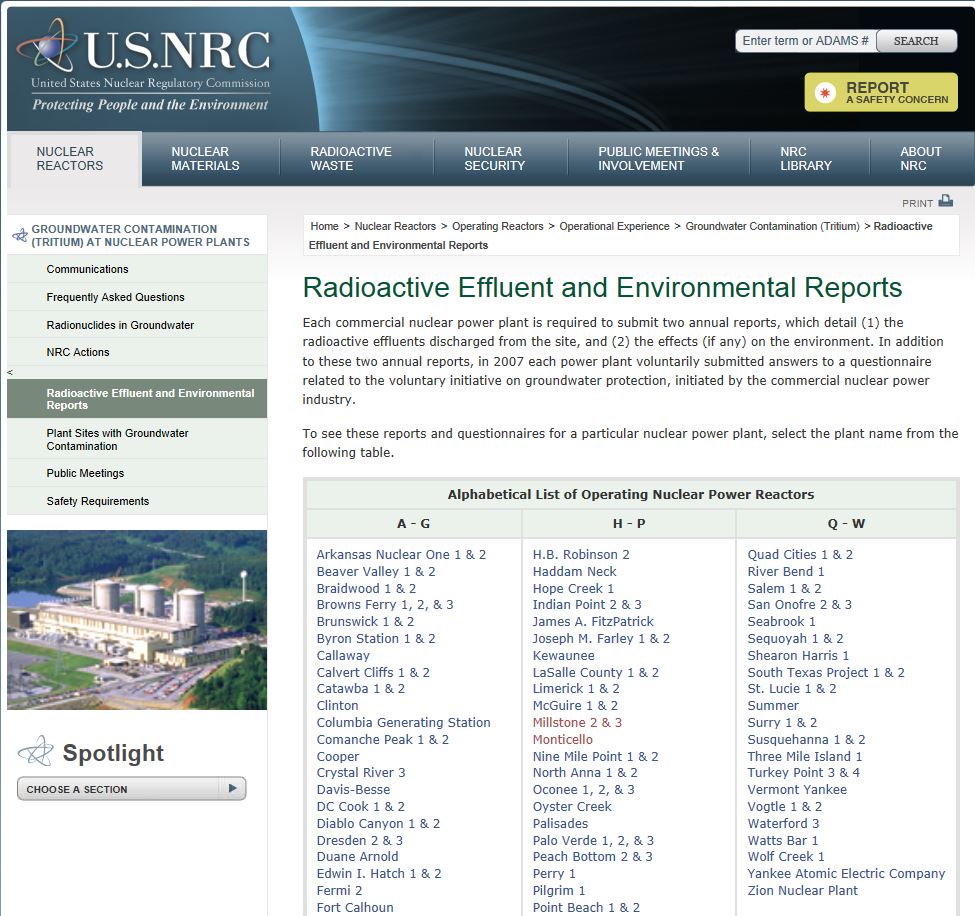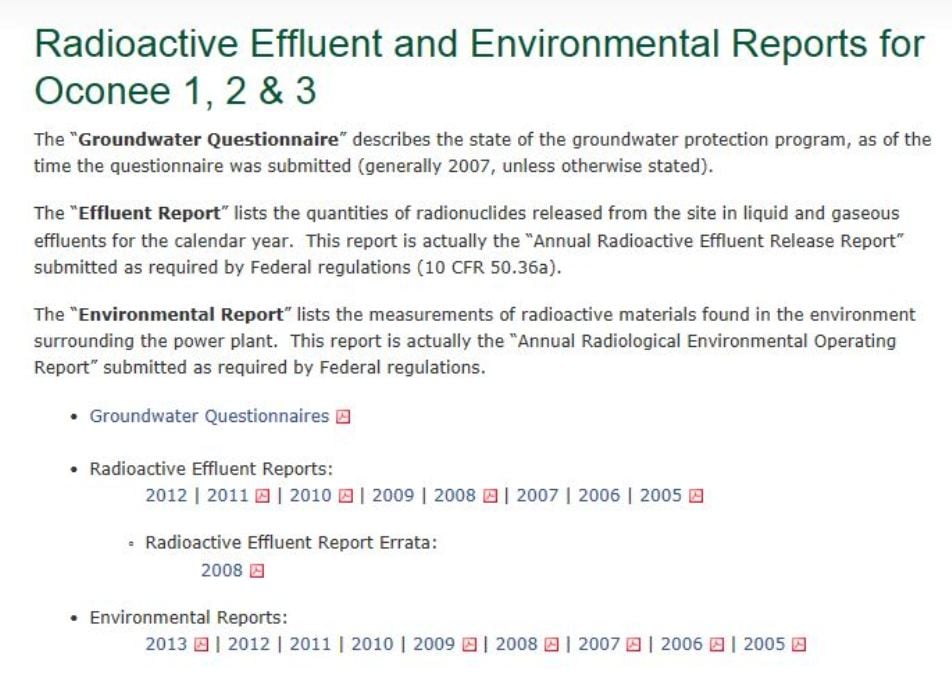Nuclear Energy Activist Toolkit #41
The Blue Ridge Environmental Defense League (BREDL) and the Mothers Against Tennessee River Radiation (MATRR) conducted a workshop last November in Chattanooga, TN on the radioactivity monitoring they perform around the Browns Ferry and Sequoyah nuclear plants. Garry Morgan periodically goes to a variety of locations around these plants and uses a radiation detector to measure radioactivity levels.
This spring, the Natural Resources Defense Council (NRDC) sponsored a workshop in Washington, DC during which participants built radiation detectors from kits and learned how to measure radioactivity levels in their communities and upload the data into a global tracking system.
As evidenced by these workshops, there’s increased interest in routine releases of radioactivity from nuclear power plants following the March 2011 accident at Fukushima.
I attended the BREDL/MATRR workshop and promised to develop background material on routine releases to complement their monitoring efforts. This material (available here) covers the radioactive materials routinely released as liquids, gases, and solids from the Browns Ferry (boiling water reactor) and Sequoyah (pressurized water reactor) nuclear plants.
This information is representative of routine releases from any U.S. nuclear plant. The NRC has a webpage providing links to reports of routine radioactive releases from each nuclear plant. Figure 1 is a snapshot of that NRC webpage. Clicking on any plant name calls up another webpage devoted to that specific plant.
For example, clicking Oconee 1, 2, & 3 provides links to three types of reports on radioactive releases from this plant. The three types of reports are:
1) The Groundwater Questionnaire submitted to the NRC in the summer of 2006 as part of the nuclear industry’s voluntary groundwater protection initiative. The questionnaire describes the leaks and spills of radioactively contaminated water that occurred at the plant over its history.
2) Radioactive Effluent Reports submitted annually to the NRC detailing the amounts of radioactivity released from the plant during the year to the air, to the water, and in solid form to licensed landfills. These annual reports also describe any unplanned releases if any occurred. And since 2007, these annual reports contain information from the groundwater monitoring efforts around the plant. For example, if a plant experienced a leak or spill of radioactively contaminated water above the thresholds established in the groundwater protection initiative, the incident and any associated remediation would be described.
3) Environmental Reports submitted annually to the NRC describing the results from sampling of the water, vegetation, and cow’s milk from areas around the plant.
The questionnaire was a one-time report. The NRC’s webpages provide links to the current annual reports as well as to several years of prior annual reports.
Bottom Line
Federal regulations require that radioactivity not be released from nuclear power plants except via controlled and monitored pathways. Federal regulations further require plant owners to track all releases and report the amounts of radioactivity released via these pathways to the NRC each year. The NRC makes these reports publicly available and has created a webpage to make it easier for the public to access them.
The reports are HITJAAC (high in technical jargon and acronym content). But they remain primary sources of information on the amounts and types of radioactivity routinely being released from U.S. nuclear power plants.
The UCS Nuclear Energy Activist Toolkit (NEAT) is a series of post intended to help citizens understand nuclear technology and the Nuclear Regulatory Commission’s processes for overseeing nuclear plant safety.


